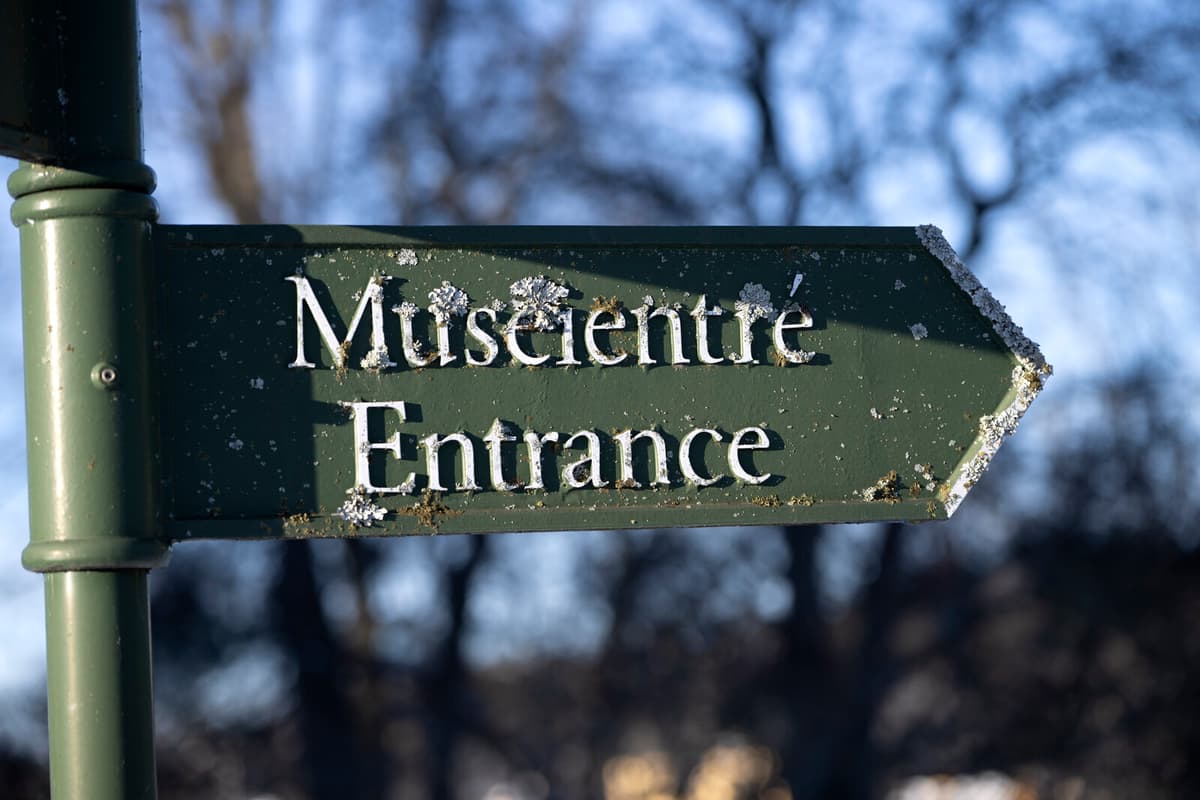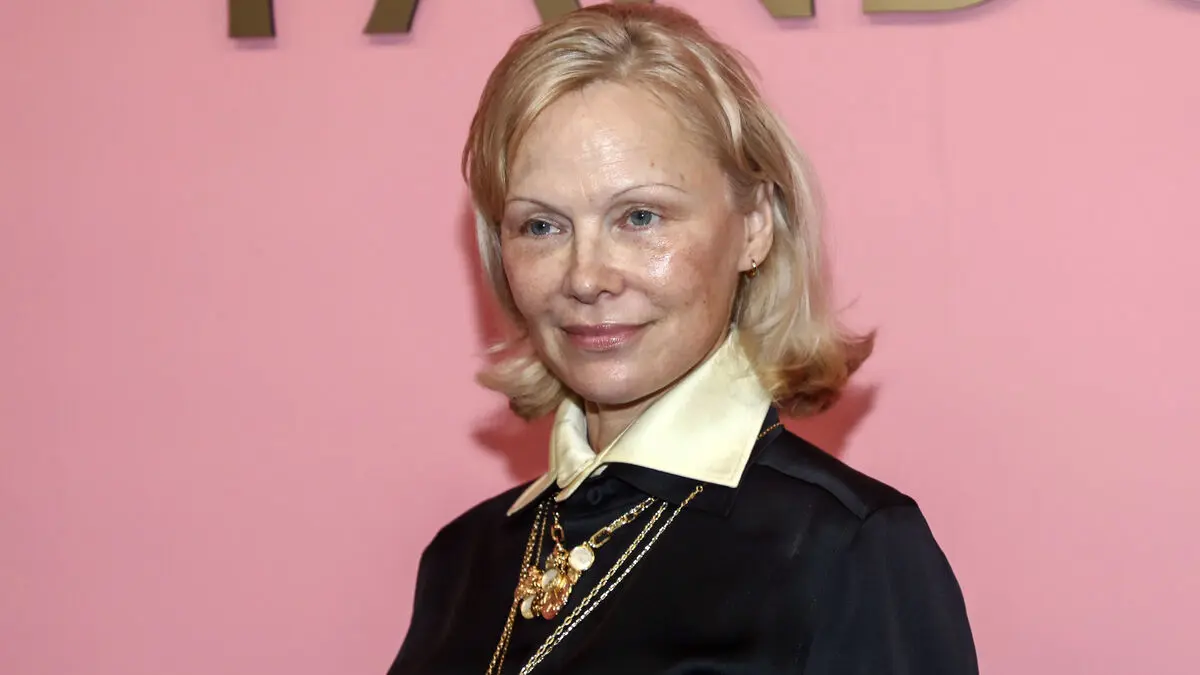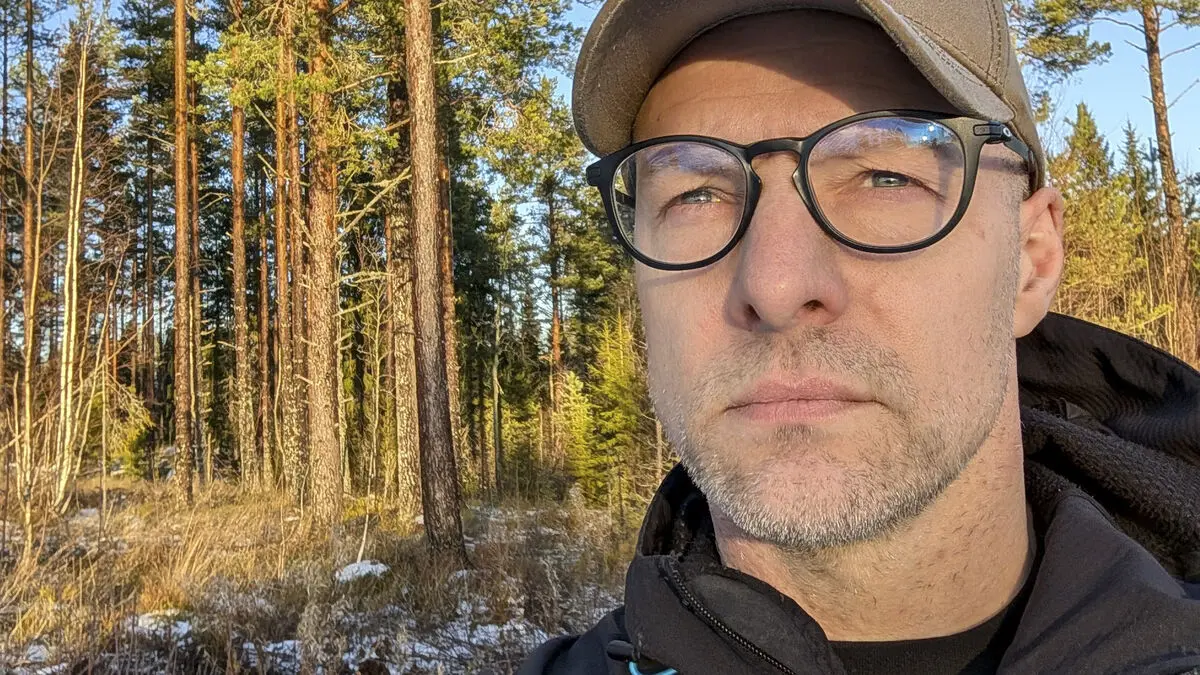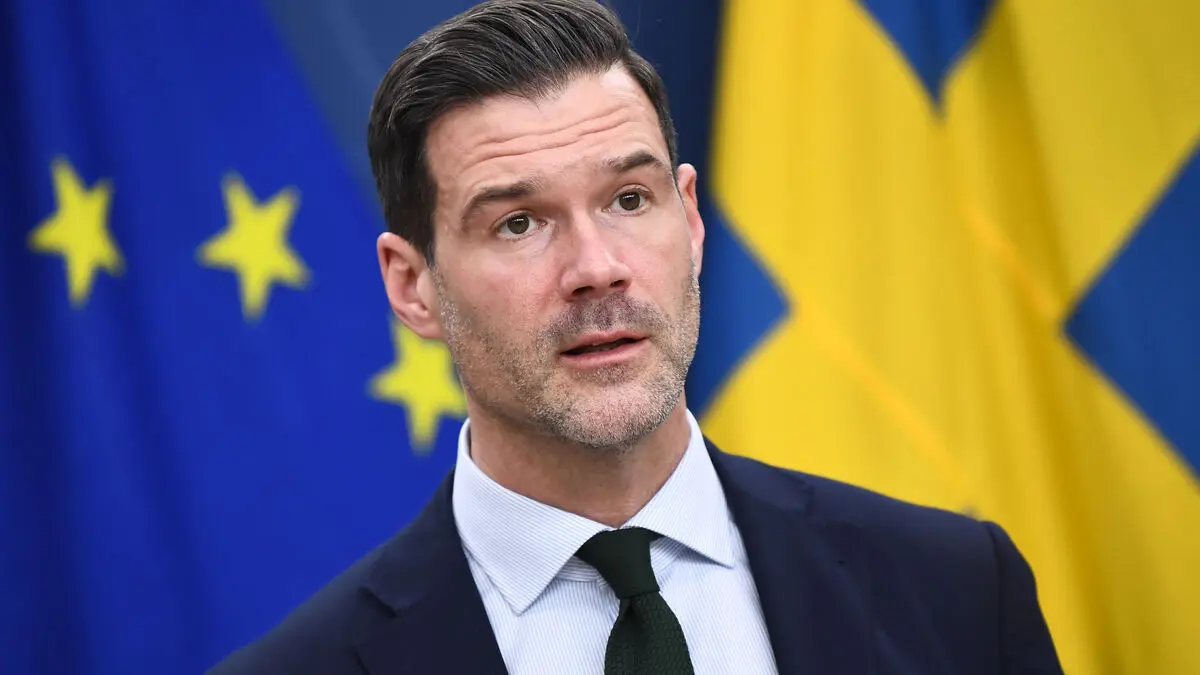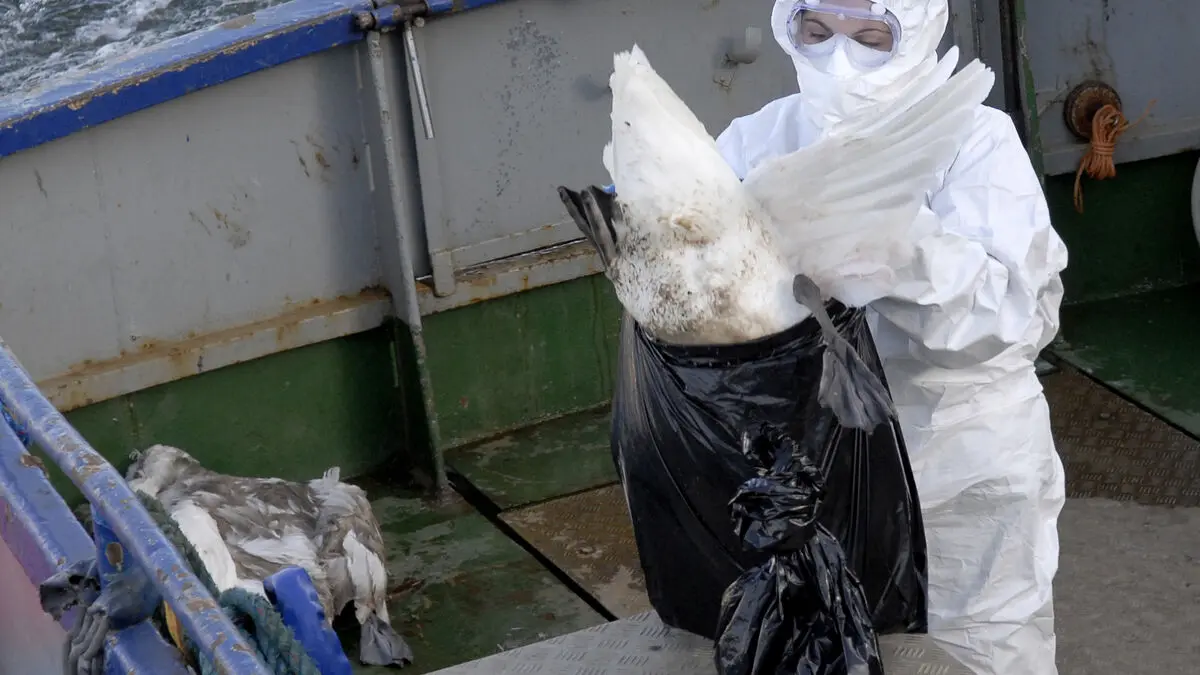"Who pays" is the report from Sweden's museums, which shows that cultural activities around the country are largely financed by public funds, entrance fees, sales, and rentals. Most of them also have some form of complementary financing, such as donors, sponsors, or contributions from friends' associations, according to the answers from the 191 managers who were asked.
Among those who receive more public funds in the report, 52 percent say that the economic situation is worse ahead of 2025 than ahead of 2024. Among the others, it is as much as 68 percent who see a worse starting point ahead of this year.
Culture Minister Parisa Liljestrand (The Moderate Party) wants to strengthen private financing of the cultural sector, but has said that it is not a reason to weaken public financing.
Many in the report are positive towards more financing from other sources, but most express concern that public support will then continue to be eroded. They also believe that other financing risks threatening the freedom of art and the range of cultural offerings.
"Strong public financing is crucial for cultural life to be able to develop complementary financing," emphasizes Gunnar Ardelius, Secretary-General of Sweden's Museums, and Mikael Brännvall, CEO of Swedish Performing Arts, in a comment on the report.
